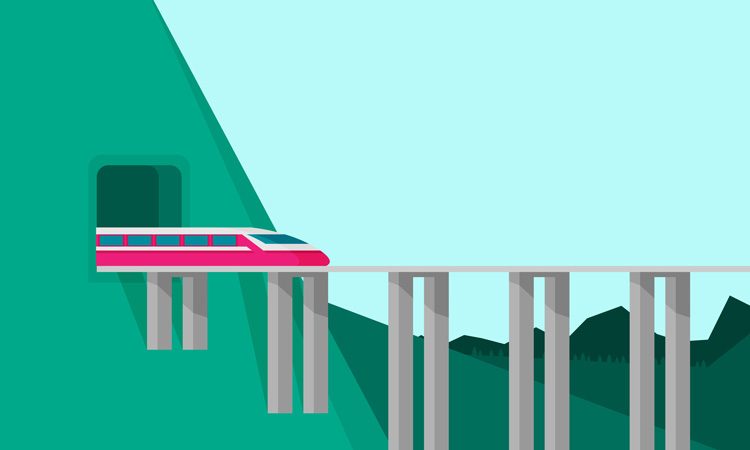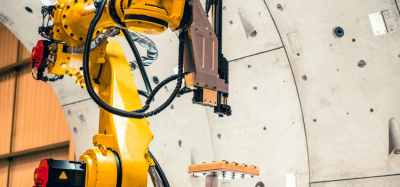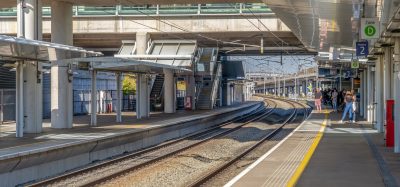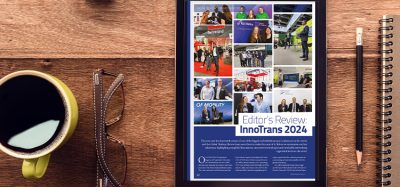European Commission study highlights greater role of European rail
Posted: 10 June 2019 | Global Railway Review | No comments yet
New European Commission study suggests a shift to rail would benefit citizens in Europe, as the industry excels in covering its variable infrastructure costs and externalities like air pollution, CO2 and noise through charges, with smaller cost-coverage gaps in euros per passenger-km or tonne-km than other modes.


The “Sustainable Transport Infrastructure Charging and Internalisation of Transport Externalities” study has been published, and for each transport mode, each country and separately for passengers and freight, it analyses to what extent the principles of ‘user pays’ and ‘polluter pays’ are implemented in EU Member States. The study confirms rail’s leading role in complying with these principles, and rail’s very low carbon footprint and low externalities in general. Remaining external costs and those of infrastructure use are better covered by rail than by competing modes.
This can be seen in the study’s main findings, which highlights Marginal Social Cost Pricing as first-best approach to internalisation and as the one “in line with the ambitions of the Commission to realise full internalisation of external costs, including wear and tear costs”. Rail leads on cost coverage of variable infrastructure and external costs. Its low externalities and almost negligible climate impact stand out.
On CO2 rail leads transport already. Additionally, noise, rail’s major externality, is increasingly mitigated thanks to retrofitted wagons. The EU’s precautionary principle in relation to the environment suggests EU policymakers should act now to prevent damage. The study suggests that cleaning up transport with a shift to rail is an obvious solution.
That should be supported by better implementing ‘user pays’ and ‘polluter pays’ in transport, e.g. with distance-based infrastructure charging on all major roads (just as EU law requires track charging for each and every train-km), but also external-cost charging for all modes. Rail is by far the most energy-efficient motorised mode of inland transport and could fully play its role as the backbone of transport, in a digitalised and seamless multimodal system.
CER Executive Director, Libor Lochman, said: “The study amounts to a call on governments to rebalance transport policy towards modes with low externalities such as railways. Climate action is a top priority for citizens, as recent elections have shown, and European railways stand ready for a bigger role in transport. A modal shift to rail will also decrease its fixed costs per tonne-km or passenger-km, thus further improving rail’s cost coverage.”
Related topics
Digitalisation, Infrastructure Developments, Multimodality, Regulation & Legislation








